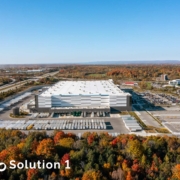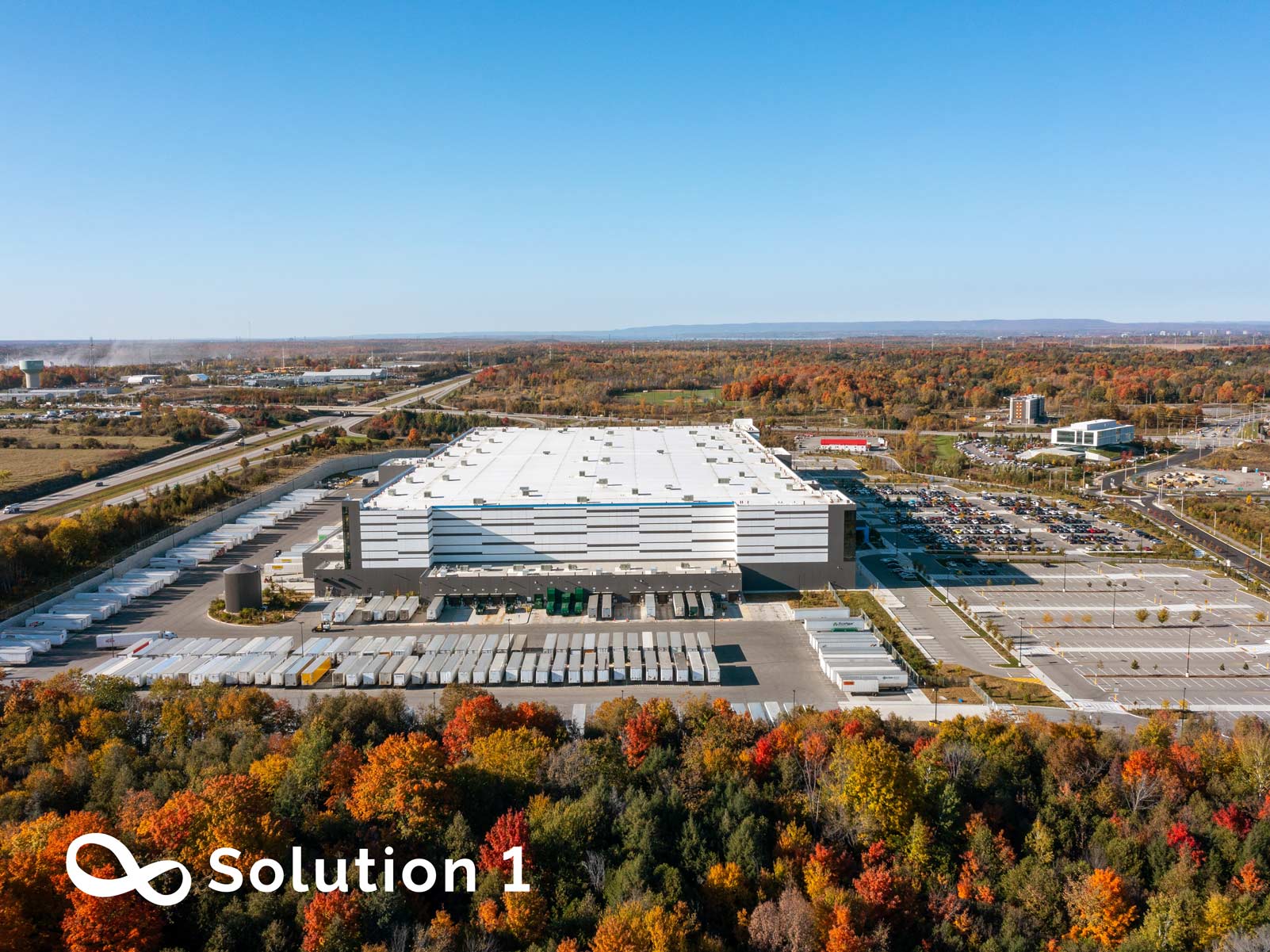Feeding the Urban Boom: How cold chain logistics rise to meet surging demand.
The consequence of rapidly progressing civilization development is the constantly increasing number of city dwellers, and thus the constantly increasing demand for freight transport generated in limited urban space. As a result, this translates into an increasing number of both private and commercial vehicles operating in the city. Therefore, the urban environment is strongly dependent on transport activity, a particularly important element of which is freight transport.
As a consequence of food losses, the annual losses in the food industry are approximately $750 billion due to improper facilities and handling. Cold chain is a prosperous industry, “According to Grand View Research, the global growth rate of the cold chain market value is expected to be over 15% from 2019 to 2025. The significant development of the cold chain could potentially reduce food losses in China. It is reported that China lost about 12 million tons of fruits, 130 million tons of vegetables, and 6.9 million tons of meat products owing to improper storage and refrigeration in 2015”.
Cold-chain food transportation involves land, air, and maritime resources. Until 2005, trucks used to be the most popular land transport vehicle. Estimates suggest that more than 90% of foods are moved by land in the United Kingdom. “According to Precision Reports, global key IoT For Cold Chain Monitoring players cover Huawei Technologies, HC Technologies, Aeris Communication, SenseGiz Inc., TE Connectivity, Zebra Technologies, Moschip Technologies Limited, Roambee Corporation and Laird Connectivity, etc.”
A lot of different factors must be considered during food transportation to keep the cold chain undisturbed. Seasonal temperature can strongly affect the food supply chain, being as low as –10°C in winter or as high as 35°C in summer. Temperature control deficiencies can be potentiated by the impact of the environment on the temperature fluctuations of the transported products.
The advantage of air transport is that food can be quickly moved to locations far from being produced or harvested. However, this transportation method is not very popular, except for high-cost foods and products with a short shelf life that must reach their destination quickly. The cold chain by air transport is extremely complex. Only half of the time required is actually the flight time: the other half is spent on the management procedures to load and unload the product into and out of the aircraft, which results in poor temperature control.
In contrast to air transport, shipping products by sea is slower, although more profitable in cases of meat, dairy products, fish, fruits, and vegetables. Therefore, the type of transportation generally depends on the type of the product to be moved.
The Internet of Things technology is introduced into cold chain logistics, it can improve the overall work based on the application of RFID electronic tags and RFID readers. At present, RFID technology is more common in the identification and traceability of cold chain logistics, so as to improve the comprehensive level of food cold chain quality and safety. For the safety of the food supply chain, at present, a few large international companies, especially cold chain enterprises, are using GPS technology to track and supervise food transportation equipment from the perspective of logistics efficiency.





